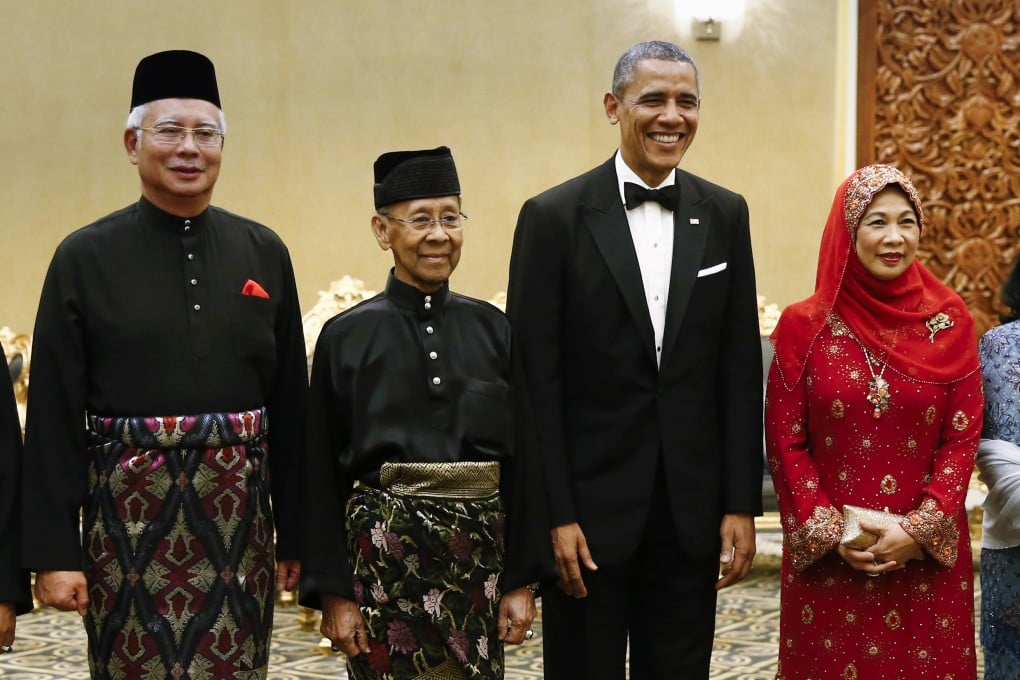Advertisement
Opinion | 10 years on, US-Malaysia relations need to adjust to a changed world
- The US and Malaysia have long-standing ties which have endured many difficulties, but they cannot ignore the reality of a changing world
- The truth is that there are insurmountable positional and expectational gaps between the countries, and a mature relationship must acknowledge this fact
Reading Time:4 minutes
Why you can trust SCMP
3

In April 2014, Malaysia and the United States formalised a comprehensive partnership to enhance bilateral relations. This commitment to do more together seemed only natural. After all, the two countries have enjoyed steady and solid political, economic, military and people-to-people ties dating back to the early years of Malaysia’s independence.
Advertisement
This held true even during the diplomatic troughs of the late 1990s and early 2000s. This was a volatile period marked by the Asian financial crisis, the US invasions of Afghanistan and Iraq and the truculence of prime minister Mahathir Mohamad. Since then, the partnership has stagnated amid domestic and foreign crises, political neglect and diverging priorities.
For a start, the situational context 10 years ago was very different. The announcement of the comprehensive partnership was made during the fervour of Barack Obama’s trip to Malaysia, the first by a sitting US president in nearly half a century since Lyndon Johnson’s visit in 1966.
The larger context of the Obama administration’s pivot to Asia furnished the strategic opportunity for both states to build on their relationship, but it was the personal appeal of the most Southeast Asian of US presidents that defined the sensibility of the partnership.
In grounding the bilateral relationship in both word and deed, the intention was to buffer the partnership against the political vagaries of both countries. In one respect, that foresight was prescient. The end of the second Obama administration was already in sight and, as it turned out, so was the end of the Asia pivot.

Unsurprisingly, there was considerable roiling when Donald Trump took office. The institution of his Muslim ban might not have affected Malaysia directly, but it certainly put the country’s Muslim-majority population on notice.

Advertisement
